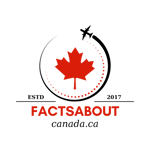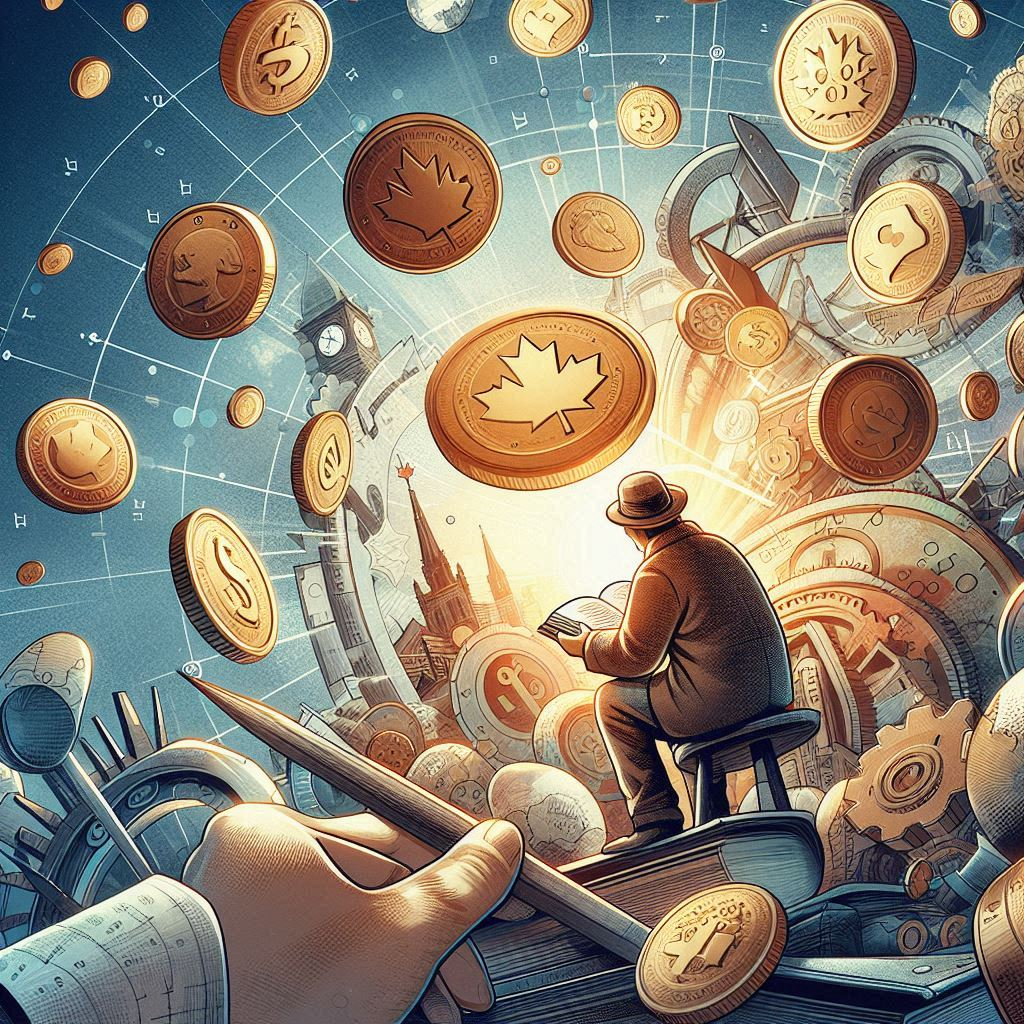The Loonie: A Dive into Canada’s Currency & More
Canada’s dollar, affectionately nicknamed the “loonie” due to the image of a common loon on its one-dollar coin, is a symbol of the nation’s economic identity. But the story behind the loonie goes beyond its distinctive design.
Let’s delve into the history, functionality, and challenges of Canada’s currency.
From Pound to Dollar: A Journey of Independence
Prior to 1858, Canada relied on the British pound as its currency. However, as Canada asserted its independence, the need for a distinct national currency arose. In 1858, the Canadian dollar was introduced, initially pegged at par with the US dollar.
The Rise and Fall of the Fixed Exchange Rate
- Aligning with the US: For most of the 20th century, the Canadian dollar was pegged to the US dollar, with its value fluctuating within a narrow band. This policy aimed to facilitate trade between the two countries.
- Shifting Tides: The fixed exchange rate system eventually came under pressure due to differing economic conditions in Canada and the US. In 1970, Canada abandoned the peg and adopted a floating exchange rate system.
The Loonie Takes Flight: A Floating Currency
- Market Forces at Play: The loonie’s value now fluctuates based on factors like interest rates, inflation, global commodity prices, and investor confidence in the Canadian economy.
- The Benefits: A flexible exchange rate allows Canada to adjust to changing economic conditions without relying solely on interest rate adjustments.
- The Challenges: Fluctuations can make Canadian exports more or less competitive in the global marketplace, impacting businesses and consumers.
The Loonie Landscape: Coins and Bills
- A Colorful Spectrum: Canadian bills come in denominations of $5, $10, $20, $50, and $100, each featuring prominent Canadians and themes from the country’s history.
- The Iconic Loonie: The one-dollar coin features the common loon, a symbol of Canada’s vast freshwater resources. Other coins include the two-dollar “toonie,” nickels, dimes, and quarters.
Challenges and Considerations
- The “Resource Rollercoaster”: The Canadian dollar’s value is heavily influenced by commodity prices, particularly oil. This makes the currency susceptible to fluctuations based on global market trends.
- The Shadow of the US Dollar: The US dollar’s dominance as a global reserve currency can exert a strong influence on the loonie’s value.
- Balancing Act: The Bank of Canada, Canada’s central bank, plays a key role in managing inflation and maintaining financial stability by setting interest rates and intervening in the currency market as needed.
The Loonie: A Symbol of a Dynamic Economy
While facing challenges, the Canadian dollar remains a strong and stable currency. Its story reflects Canada’s economic journey toward greater independence and its ongoing integration into the global marketplace. Understanding the factors that influence the loonie’s value empowers Canadians to make informed financial decisions and appreciate the complex dynamics of international trade and finance.


Matt -
The Canadian dollar is trash and has zero respect in the global community. I always take out US dollars when I travel internationally.
Dan -
I like the Canadian dollar, the paper/plastic notes are pretty.
Kenny -
Remove the British Monarch from our currency please.